Even before Kim Jong Un sent troops to support Russia’s fight against Ukraine, there were signs that North Korea’s main backer, China, was unhappy with his regime’s deepening ties with Moscow.
In a letter last week seen as signalling Beijing’s growing displeasure, Chinese President Xi Jinping thanked Kim for a congratulatory message on the 75th anniversary of Communist China’s founding — but omitted a traditional reference to North Korea as a “friendly neighbouring country”.
Kim appears unabashed. Western allies this week revealed that North Korea had sent more than 12,000 troops, disguised as ethnic minorities from Siberia, to fight on Russia’s front lines, a move that analysts say will only heighten Beijing’s concerns over its neighbours’ increasingly cosy military ties.
“The North Korean troop deployment is a dramatic step, and China will not like it one bit,” said Andrei Lankov, a North Korea expert at Kookmin University in Seoul.
For China, the deployment — a sharp escalation in a partnership that has deepened since Moscow’s full-scale invasion of Ukraine in 2022 but was previously largely limited to munitions — threatens to destabilise the delicate balance of power on the Korean peninsula.
Closer Russian-North Korean ties could also spur the US, Japan and South Korea to strengthen their military alliance in east Asia, which Beijing already views as aimed at containing its growing power.
Beijing wants to avoid at all costs a rerun of the early years of the cold war, when the Soviet Union, North Korea and China formed a “northern triangle” that faced off against a “southern triangle” of South Korea, Japan and the US, Chinese scholars said.
“China’s situation now is really difficult, genuinely a dilemma,” said Zhu Feng, executive dean of the School of International Studies at Nanjing University. “On the one hand, we don’t want to see the return of the cold war to east Asia. On the other hand, the US is trying to strengthen solidarity with South Korea and Japan.”
Japan’s chief cabinet secretary Yoshimasa Hayashi on Friday said that escalating Russian-North Korean co-operation was “deeply concerning” and would “worsen the situation in Ukraine and impact the security of the region around Japan”.
China’s wariness has been evident since April, when it sent one of its most senior officials, Zhao Leji, to Pyongyang. While the two sides did not reveal details of the talks, analysts said Beijing was unhappy about the prospect of losing influence over North Korea, which it sees as a crucial buffer state against US-backed South Korea.
In June, Kim went further, agreeing a strategic partnership with Putin that contained a mutual assistance clause in cases of aggression against one of the signatories — a move that was of deep concern to China.
The following month, the Chinese ambassador to North Korea did not attend July anniversary commemorations in Pyongyang marking the end of the Korean war, despite the two countries marking 75 years of diplomatic relations this year.
China’s foreign affairs ministry on Thursday said Beijing was “not aware of the relevant situation” when asked about Pyongyang’s decision to send troops.
China’s concerns include becoming potentially embroiled in the conflict itself if North Korean troops’ involvement in the fight against Ukraine made the Asian country — Beijing’s only military alliance partner — a legitimate target for Kyiv, said Shen Dingli, a Shanghai-based international relations professor.
“China has a treaty-bound obligation to defend North Korea,” said Shen. “If North Korea is attacked, China is legally bound to send its troops and [if necessary] to use all means to protect North Korea.”
Some defence analysts have raised concerns that North Korea’s contribution to Russia’s war effort could mean Pyongyang has secured a reciprocal commitment from Moscow to intervene in a conflict on the Korean peninsula — a prospect that would alarm Beijing.
But Lankov said such a possibility remained “extremely remote”.
“The North Koreans are doing this for money, military technologies and battlefield experience, not out of any sense of solidarity with Russia,” he said. “Russia is not going to get themselves into trouble just out of gratitude to Kim Jong Un.”
China is also worried about Russia helping North Korea improve its nuclear capabilities, which could accelerate an arms race in the region, said Chen Qi at the Institute of International Relations at Tsinghua University in Beijing. Kim visited Russia’s Vostochny Cosmodrome, the country’s most advanced space rocket launch site, last year.
But Chen was sceptical Russia would prioritise its relations with North Korea over those with China, on which Moscow has relied for economic and geopolitical support since its full-scale invasion of Ukraine.
Some analysts said Beijing might be tolerating North Korean arms shipments to Russia to alleviate pressure to provide direct military assistance itself.
Jaewoo Choo, head of the China centre at the Korea Research Institute for National Security think-tank in Seoul, said “Beijing may actually be secretly pleased that Russia is providing economic aid to North Korea in China’s place”, at a time when China’s own domestic growth was lagging.
“China remains in the driving seat because ultimately it has control over both countries,” said Lankov, referring to Pyongyang’s reliance on aid from Beijing. “If China wanted to put a stop to this nonsense as they see it, then they could do so.”
Additional reporting by Leo Lewis in Tokyo

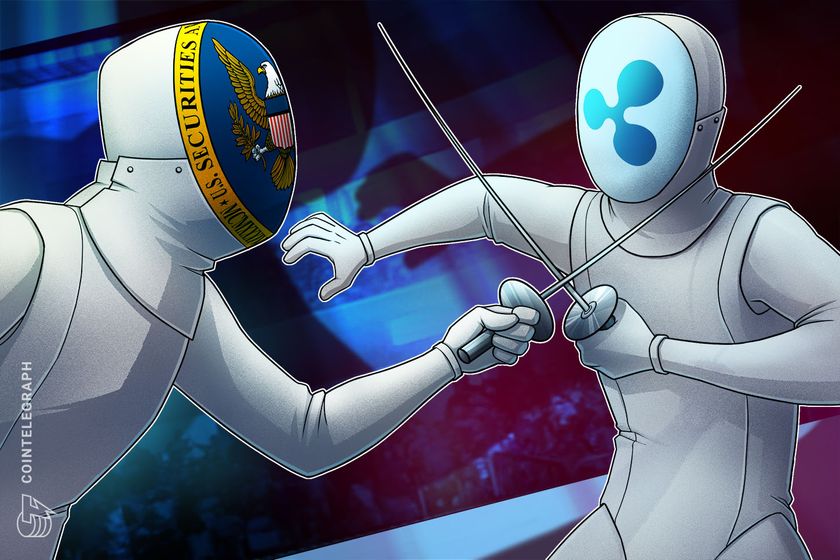

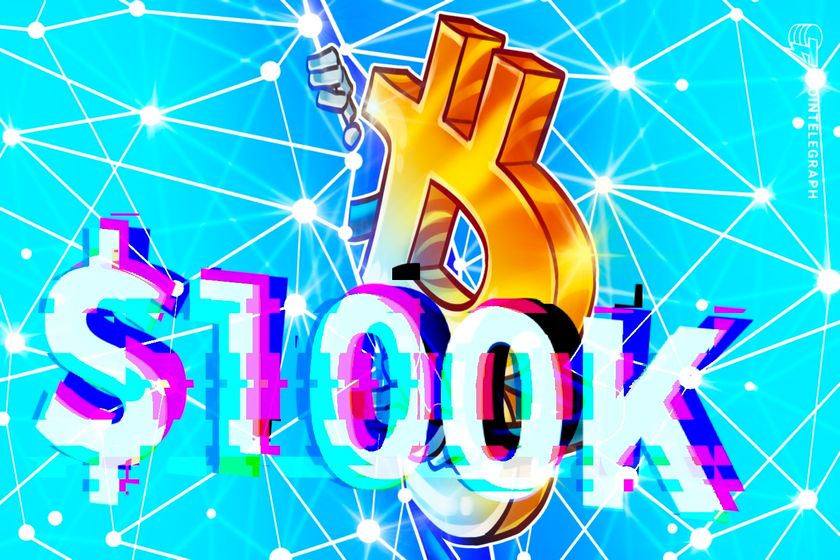

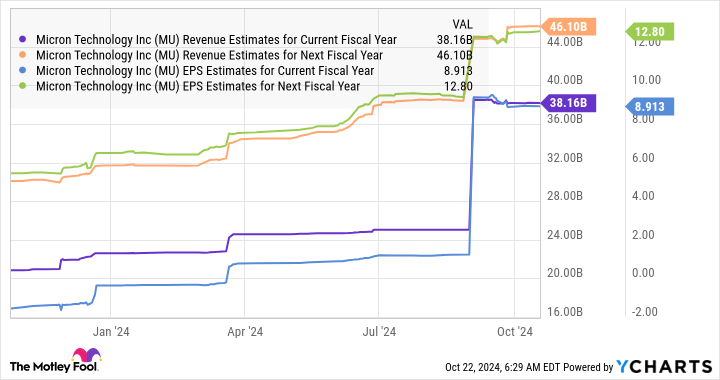
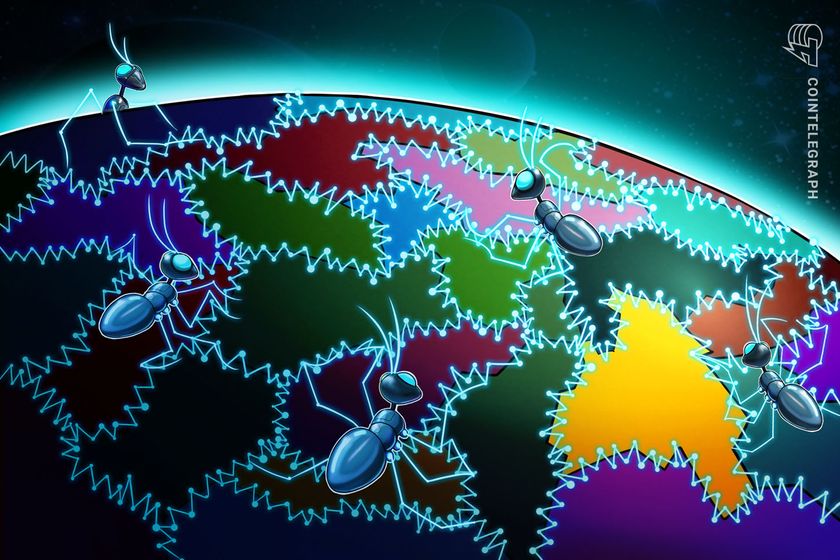

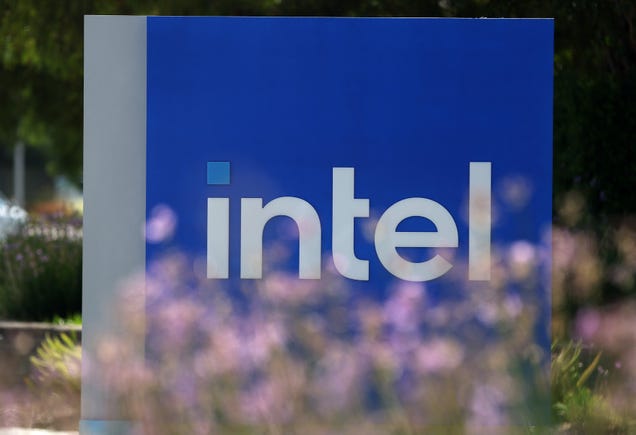
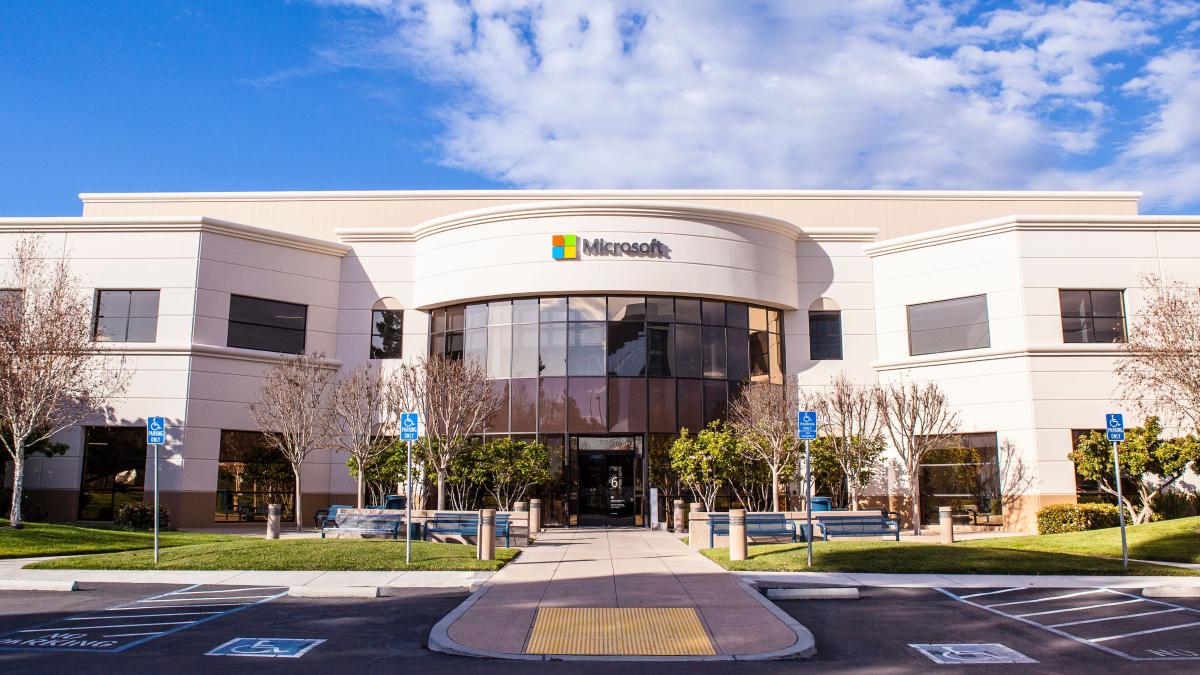































































































































































You must be logged in to post a comment Login